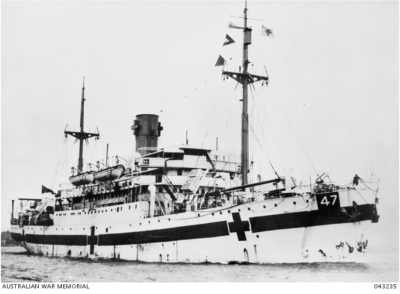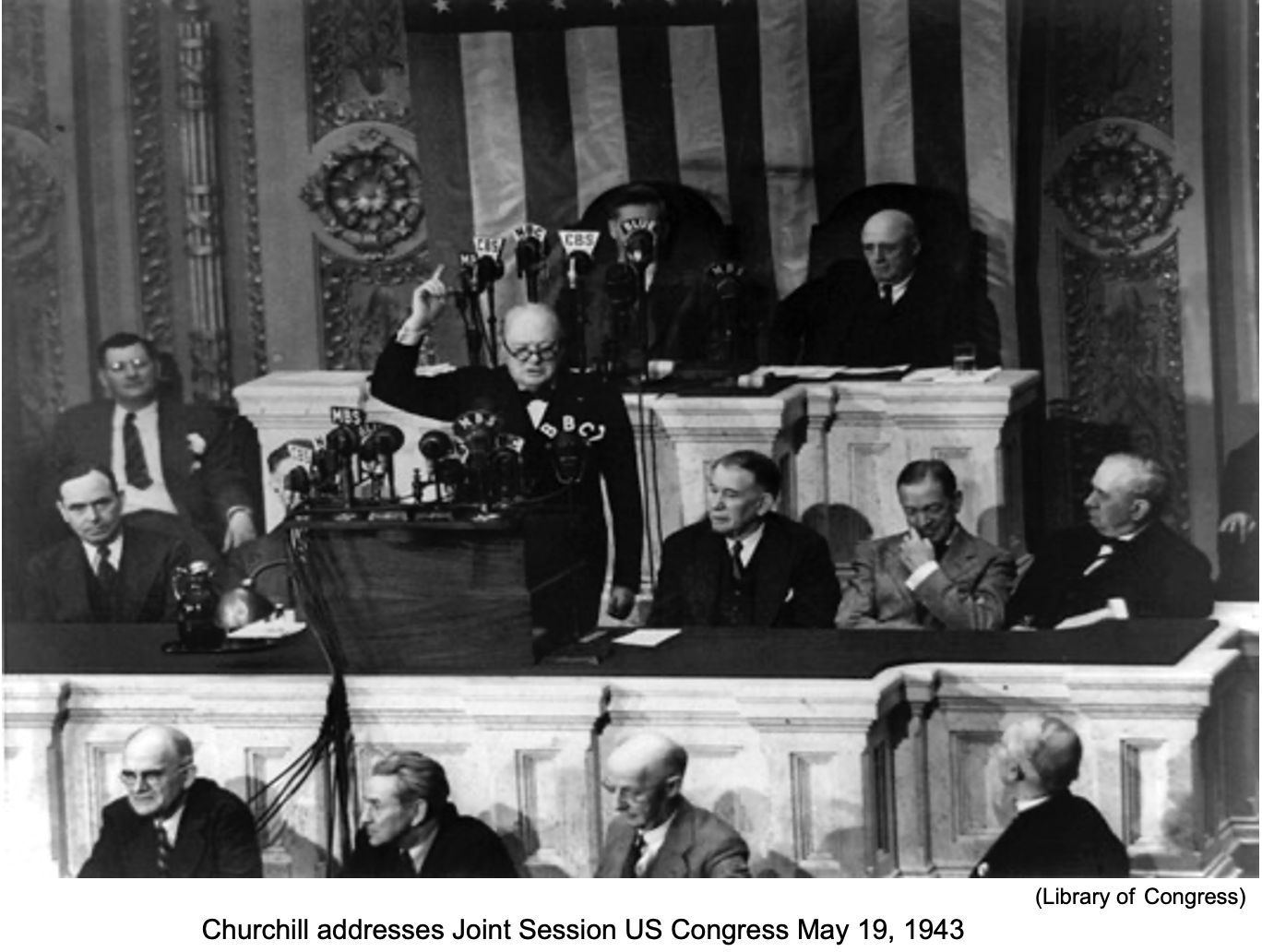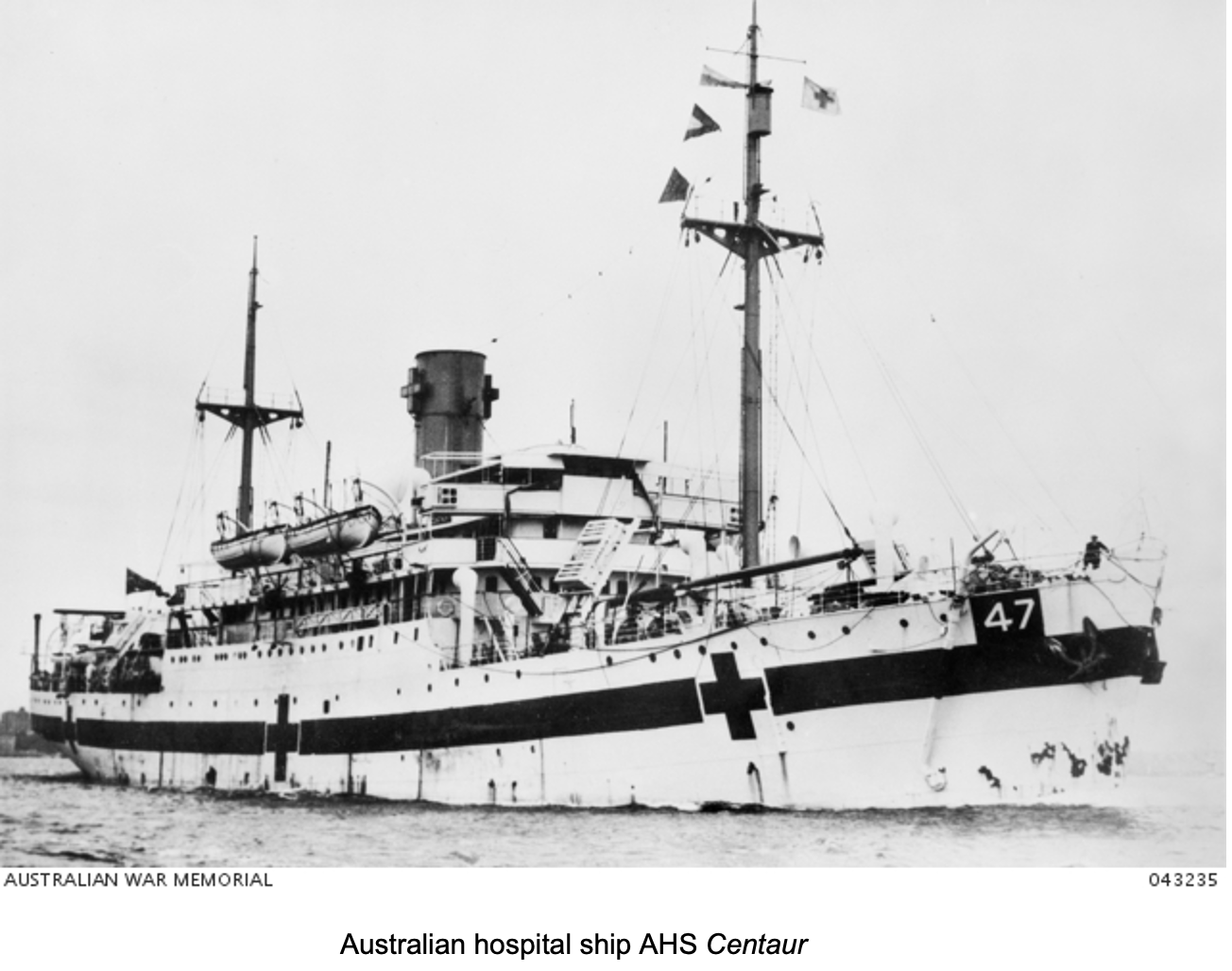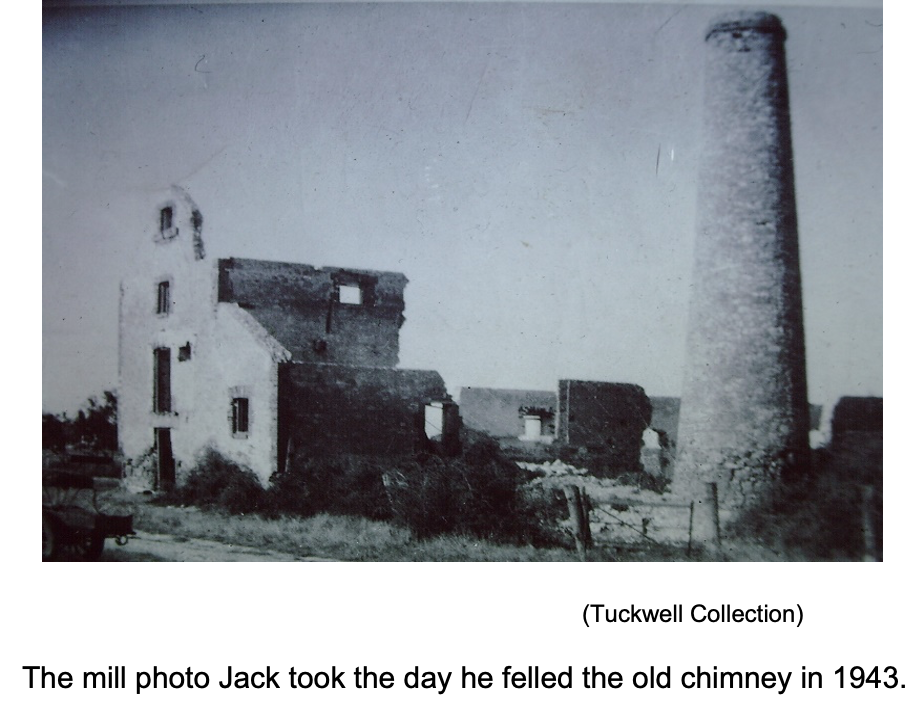World War 2 News from May 1943

Goolwa goes to war again MAY 1943 by Frank Tuckwell
In this month of May 1943, the darkened days of this war are now giving way to some brightening patches of lightness as news comes in from the Middle East, Europe, and Washington, giving rise to hope as the enemy forces begin to change their status from the offensive to that of defensive.
On May 12, the battle weary and much depleted German Afrika Korps and Italian troops in North Africa have now surrendered to the Allied forces. Over 250,000 German and Italian troops are now prisoners of the Allies.
In the northern Pacific, US and Canadian forces have landed at Attu, in the chain of Aleutian Islands off west Alaska which were occupied by Japanese forces in 1942. They successfully expelled enemy forces and reoccupied the island by May 30.
RAF bombers of 617 Squadron have conducted a successful raid in a mission to destroy the Mohne and Eder dams in the industrial Ruhr area in Germany causing major damage, flooding and loss of electricity power designed to cripple major enemy war production plants.
In the Atlantic, Admiral Karl Donitz has been forced to withdraw most of his U-boat fleet from patrol due to dramatic losses of 43 submarines for the month compared to only 34 allied ships sunk. The losses the German fleet has come about by improved anti-submarine techniques developed by the Allies.
The Trident Conference - May 1943
Sensing the change of the direction of the war was at hand and the next phase of military strategy needed to be discussed for plans to be formulated to meet it, Roosevelt and Churchill must quickly meet again. On May 2, Churchill boarded the HMT Queen Mary – ‘the Grey Ghost’ (which carried the Australian 9th Division home in February) to be spirited across the Atlantic to meet with Roosevelt in Washington for the Trident Conference meeting to decide ‘what’s next’.
Because the American public tends to think that the war with Japan was more important than that of the European conflict, Churchill reminded the US President that the USSR has been carrying the brunt of the land war for two years and now demands an Allied landing across the English Channel soon.
On May 19, Prime Minister Churchill addressed the Joint Session of Congress in the US Senate. It had been a grim and weary seventeen months since he last addressed Congress on December 26, 1941. He moved the hardened politicians by his words then and they clearly respect and trust him now.

“I do not intend to be responsible for any suggestion that the war is won or will soon be over” ......” No one after Gettysburg doubted which way the dreadful battle of war would incline. Yet far more blood was shed after the Union victory at Gettysburg than in all the fighting which went before.”
Churchill knew that by referring to the final cost of the outcome of the US civil war, his audience would realise that victory of WW2 would come at a final cost yet to paid. This reference he emphasised as he closed his address. “By singleness of purpose, by steadfastness, of conduct by tenacity and endurance, such as we have so far displayed, by these, and only by these, can we discharge our duty to the future of the world and to the destiny of man.”
Japanese aircraft hit Darwin in their 54th air raid.
On the 2nd of this month Darwin was attacked at 10.30am by a force estimated to have been made up of 25 bombers accompanied by 27 Zero fighters. Reports received state only light damage on the ground. However, it is believed 33 Spitfires were scrambled by the Darwin RAAF squadron to attack the enemy aircraft which destroyed 11 bombers and 5 Zero escorts. Unconfirmed RAAF losses have been reported as 15 Spitfires were lost or damaged, mainly through fuel shortages.

Australian hospital ship Centaur sunk by Japanese submarine.
Despite clearly displaying its Red Cross markings, a Japanese submarine, has torpedoed the hospital ship AHS Centaur. The ship, sunk without warning off the Queensland coast south of Moreton Island, was carrying a total list of 332 aboard consisting of crew, medical staff and 65 wounded and sick army servicemen. The Centaur sunk so quickly that no SOS was able to be sent, so the only 64 persons surviving the sinking were left in the water clinging to floating wreckage.
Goolwa servicemen of the 2/43rd Battalion, 9th Division in jungle training
After returning to duty after home leave from the Middle East in March, Goolwa members of the 2/43rd Battalion took a long, slow rail journey from Springbank camp, near Adelaide, to North Queensland. Arriving in early April, they went into camp at Kairi on the Atherton Tablelands among other troops of the 9th Division to begin jungle warfare training.

On May 5, the 2/43rd Battalion provided guard honours for the visit to the Division of the First Australian Army Commander, Lieut. General John Lavarack, on his tour of inspection of the 9th Division. On May 25, the Governor General, Lord Gowrie also made a tour of inspection of the unit.
During the jungle training program the 2/43rd was being converted to the jungle divisional establishment with weaponry being changed from the conventional heavy arms and equipment and large cumbersome artillery to lighter, short-range fighting weaponry with hip firing ability and use of more mortar and machine gun support .
Newly discharged veteran of Tobruk resumes active private life.
A former 2/10th Battalion AIF member of the “39ers”1 and the “Rats of Tobruk”, Jack Dodd has been released from army service with an honourable medical discharge late last month. Jack is suffering considerable hearing loss caused by exposure to prolonged artillery fire during the western desert campaign. He may be deaf, but he is healthy, active and itching to get on with life.
Jack and his wife Minnie decided to buy the Goolwa Scout Hall in Cadell Street which has been on the market since the war started and the Goolwa Scout troop had closed. So recently they made the purchase of the property. It is conveniently situated on the corner of Crocker and Cadell Street opposite the Church of England. The roomy hall was sound but needed to be partitioned into normal house rooms and wet area.
Jack quickly found that this would become a major problem as building materials are strictly controlled and an application would have to be made to the appropriate government department to get a permit to make any material purchases. Jack was an extremely resourceful chap decided to purchase and demolish sections of the old Goolwa flour mill sited at the southern end of Crocker Street.
This substantial building is one of two in the town designed by the leading colonial architect of SA, Edmond Wright, the other is the Church of England further down Crocker Street on Cadell Street corner, opposite Jack and Minnie’s new home. The old mill has become derelict and is presently already partly demolished.
On Monday May 31, 1943, Jack decided need was greater than antiquarian values, but recognising that sometimes he would come to regret the needs of his action, he photographed the tall brick lined, limestone chimney. A few hours later he had felled the structure and was busy piling limestone blocks and red bricks from the scattered remains into separate neat stacks.
When asked later by an interviewer he replied, “I’ve kicked myself ever since” and then added “It would have stood for a hundred years”.

____________________________________________________________
Footnote:
(1) The members of the “39ers” were men who volunteered in the 2/AIF at the outbreak of WW2 during 1939 for service overseas.
(2) Jack sold the property to the District Council of Pt Elliot and Goolwa in 1984 and the remains of the mill structure on the site was demolished and cleared to be later integrated into the ACH West Park Retirement Centre complex.